The camera in the drawer
On nostalgia, film photography, and the objects that hold more than just memories
Something magical, almost otherworldly, happens when you hold a camera once used by someone you love. It’s no longer just a machine. It becomes a vessel. A quiet keeper of gestures, places, and voices. It seems to hum with invisible energy, as if the past lingers in its grip, waiting for your hands to bring it back to life. Of course, I know it’s just a feeling, a tender projection of memory onto metal and glass. But still, some things feel real, even if they aren’t.
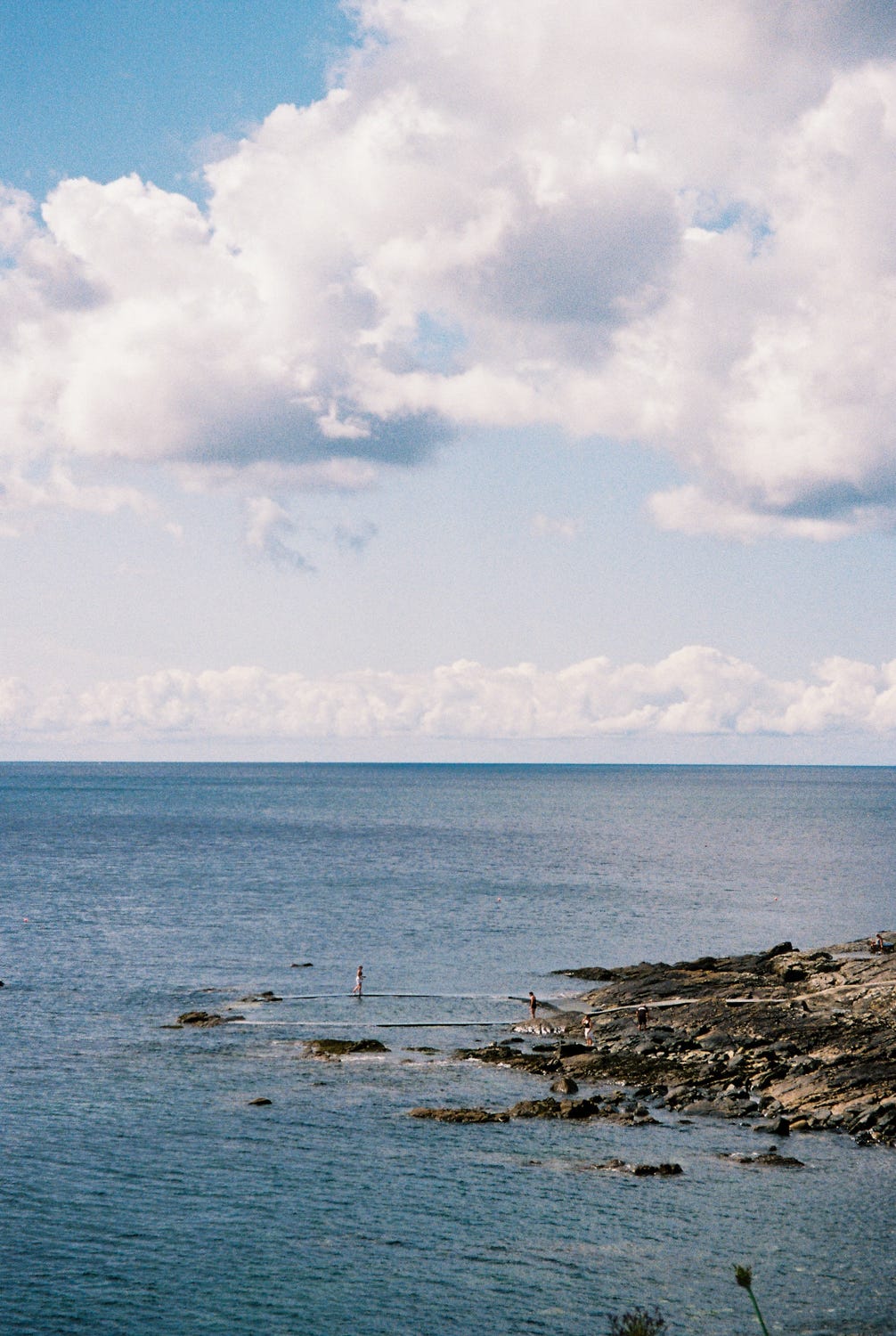
There’s a Japanese legend I once read: after one hundred years, an inanimate object becomes animate. It grows a soul, shaped by time, by touch, by presence. I’ve always found this myth strangely comforting. A poetic truth, even if not a literal one.
The camera I’m speaking of isn’t a century old, not yet. It’s an Olympus Mju, likely about 34 years young. It never had the prestige of its sibling, the Mju II, which film enthusiasts seem to worship. But this one, it was ours. It was the one my mother used to document our holidays in the mountains. I still remember the blue camera bag she wore across her chest, like a badge of care. She’d take it out when she remembered, sometimes mid-laugh or just as I was tumbling down a snowy slope, and she'd capture me, joyful, silly, free.
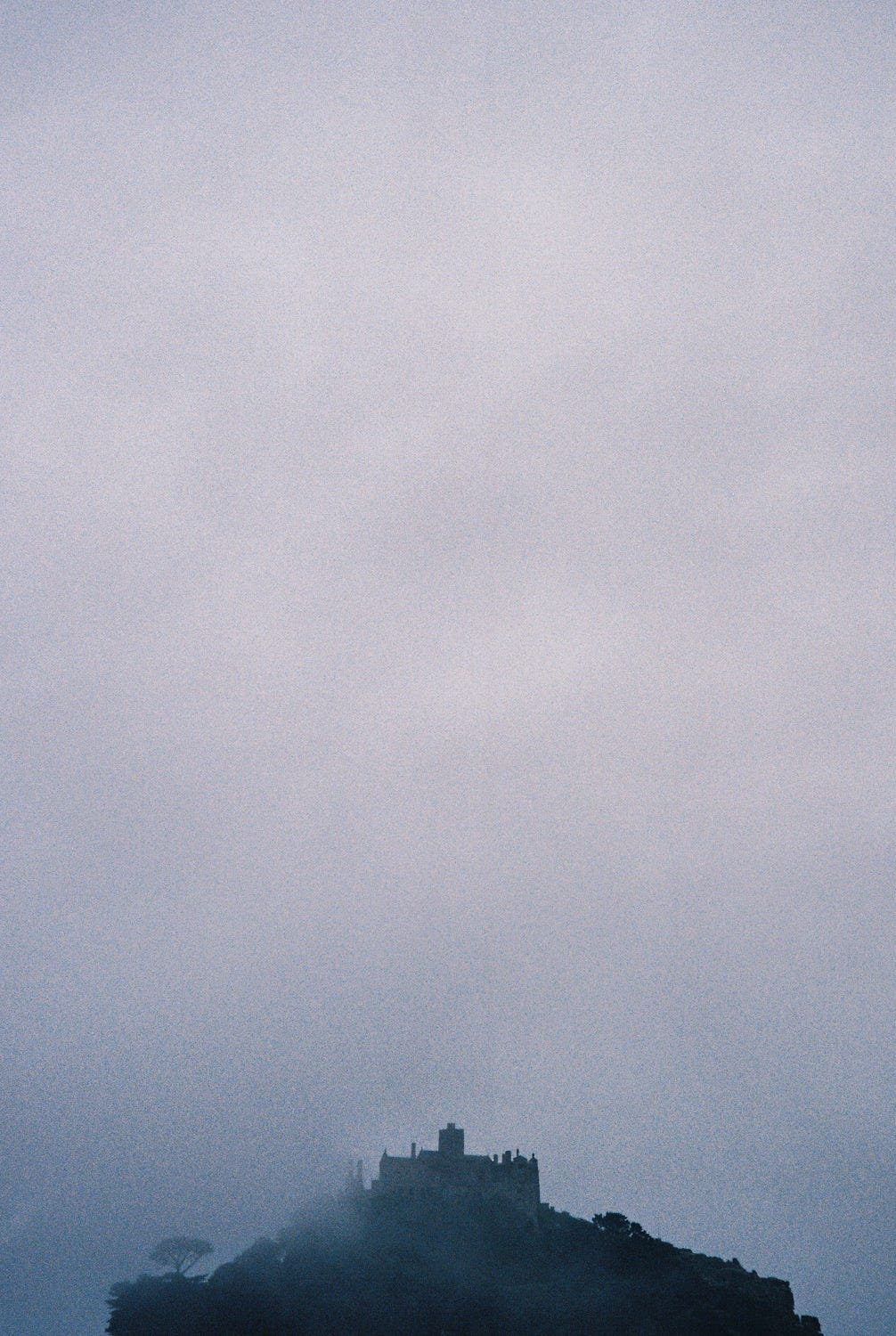
Skiing was a privilege. A gift, really. Something I adored and would gladly return to, if given the chance. But beyond the sport, it was those moments, the quiet acts of love, the effort to document fleeting joy, that stayed with me. I didn’t know it then, but those snapshots would one day become my own legacy to carry.
I found recently the camera tucked away in a drawer, long forgotten. When I opened the case, it was like opening a time capsule. No scratches. No signs of age. The battery compartment was clean. It felt…ready. As if it had been patiently waiting for me.
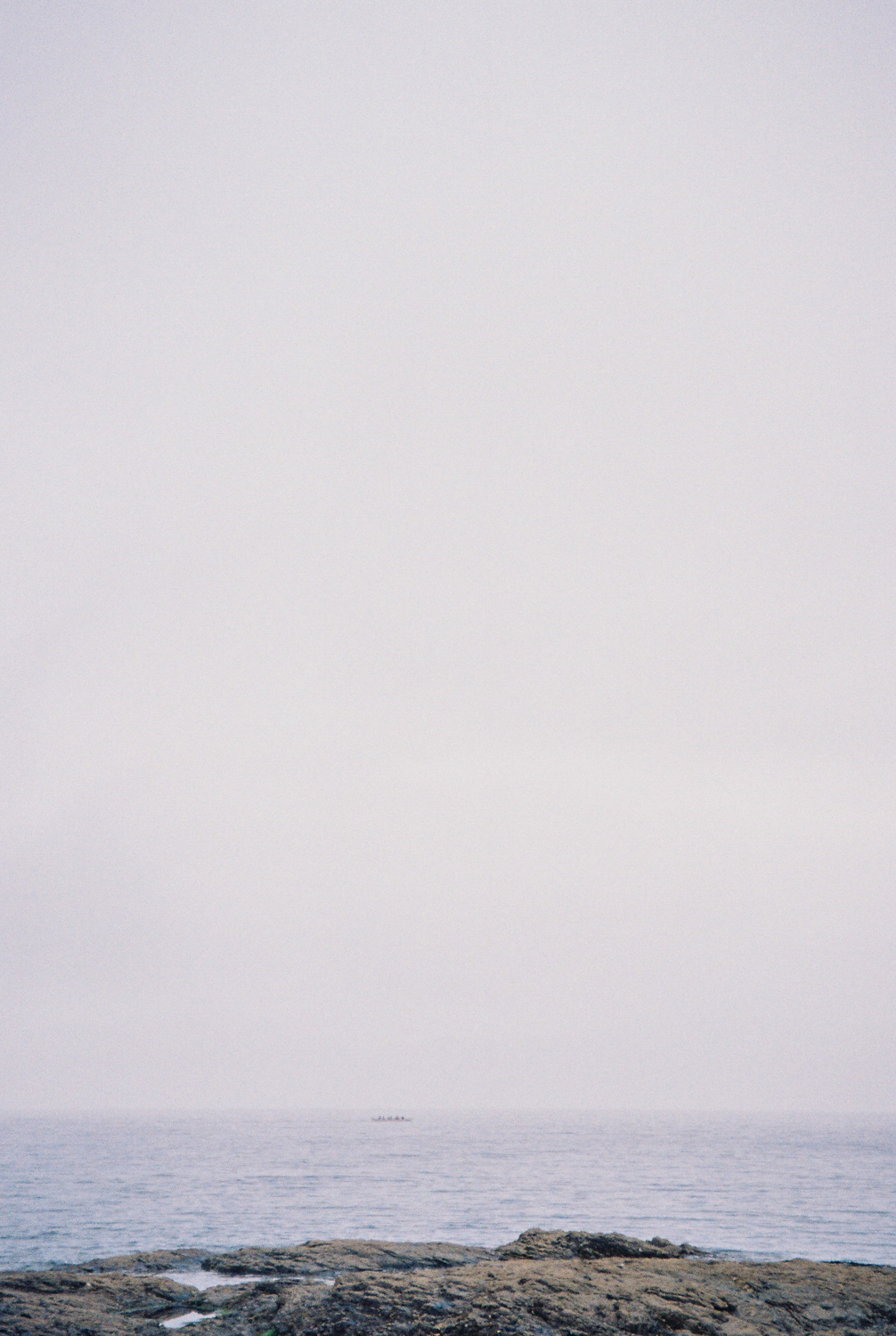
I brought it with me on a short trip to Cornwall, paired with a roll of Kodak Gold 100. I didn’t expect much. I deliberately avoided YouTube reviews or test scans. I didn’t want opinions. I wanted discovery. I wanted to see through her lens.
When I got the film developed, I wasn’t prepared. The very first image, an electric blue sea under an overcast sky, startled me. The colours were richer than I expected, deep blues, soft light, a quiet texture that digital could never imitate. There was something almost cinematic in the way the scenes unfolded on film. Not perfect, but full of feeling. The grain gave the images a sense of time, of distance, as if I was looking at the present through the lens of a remembered past.
I texted my mother about it: “I’m using your camera, that one you had when I was a child!”
She didn’t really reply, or maybe she just didn’t understand why I was so excited.
I didn’t just see Cornwall, I saw her. Not directly, but in echoes. In the way the camera framed the world. In the instinct to preserve something fleeting. For a moment, I felt like we were sharing a language, spoken through images instead of words.
This camera, this small, outdated, plastic thing, isn’t magic. But it reminded me that photography has always been more than megapixels and sharpness. It’s presence. It’s noticing. It’s returning.
And that’s the real spell.


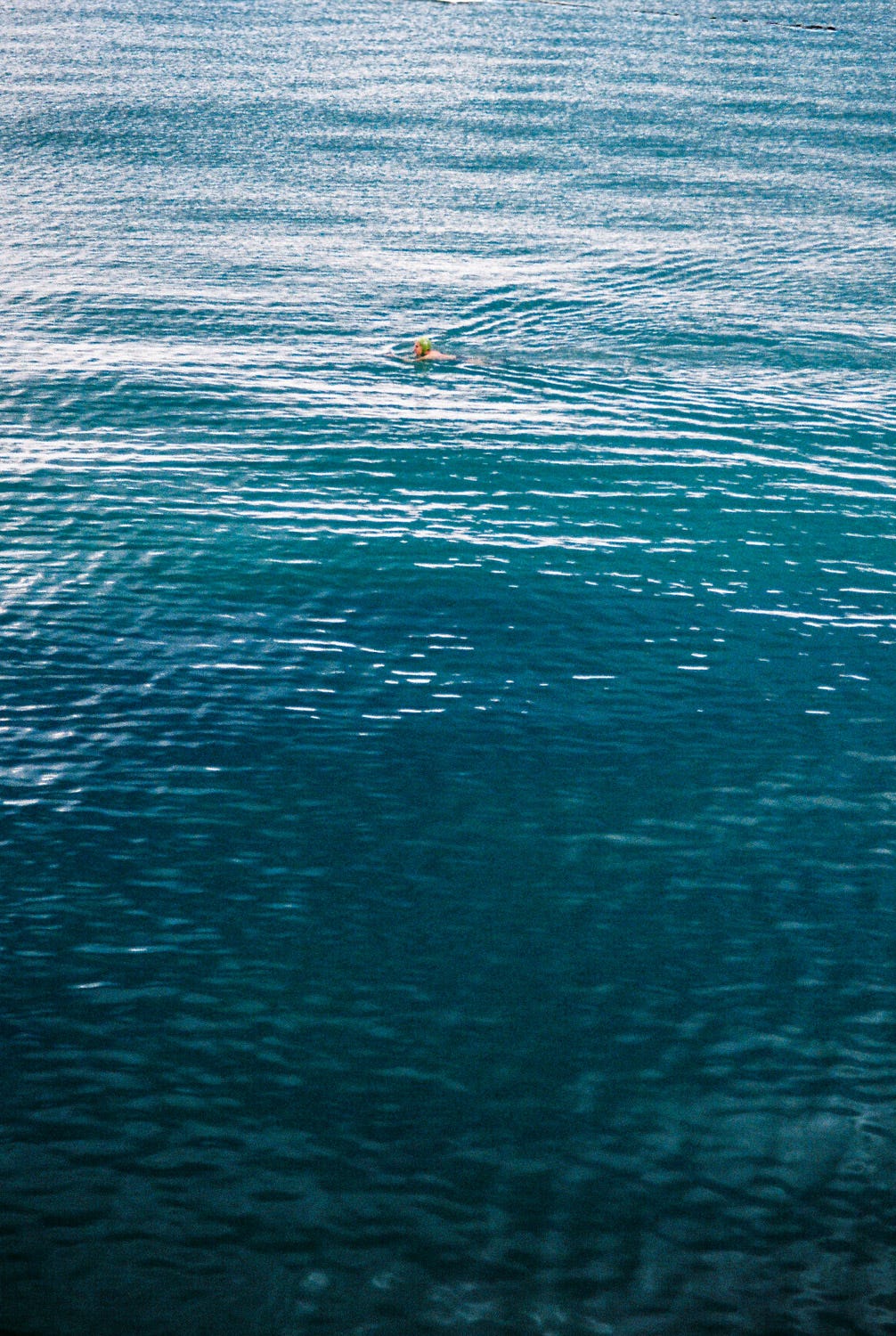
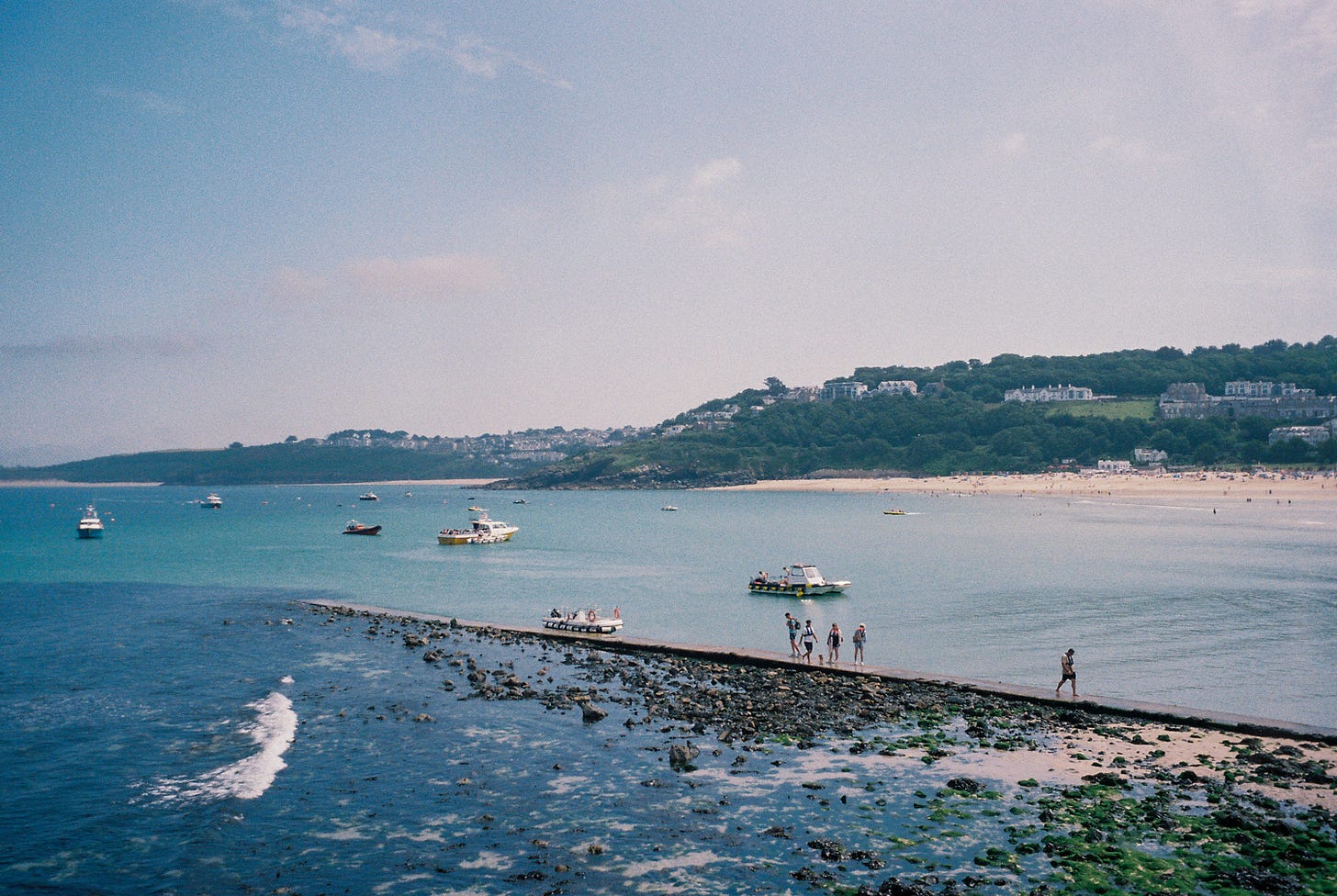
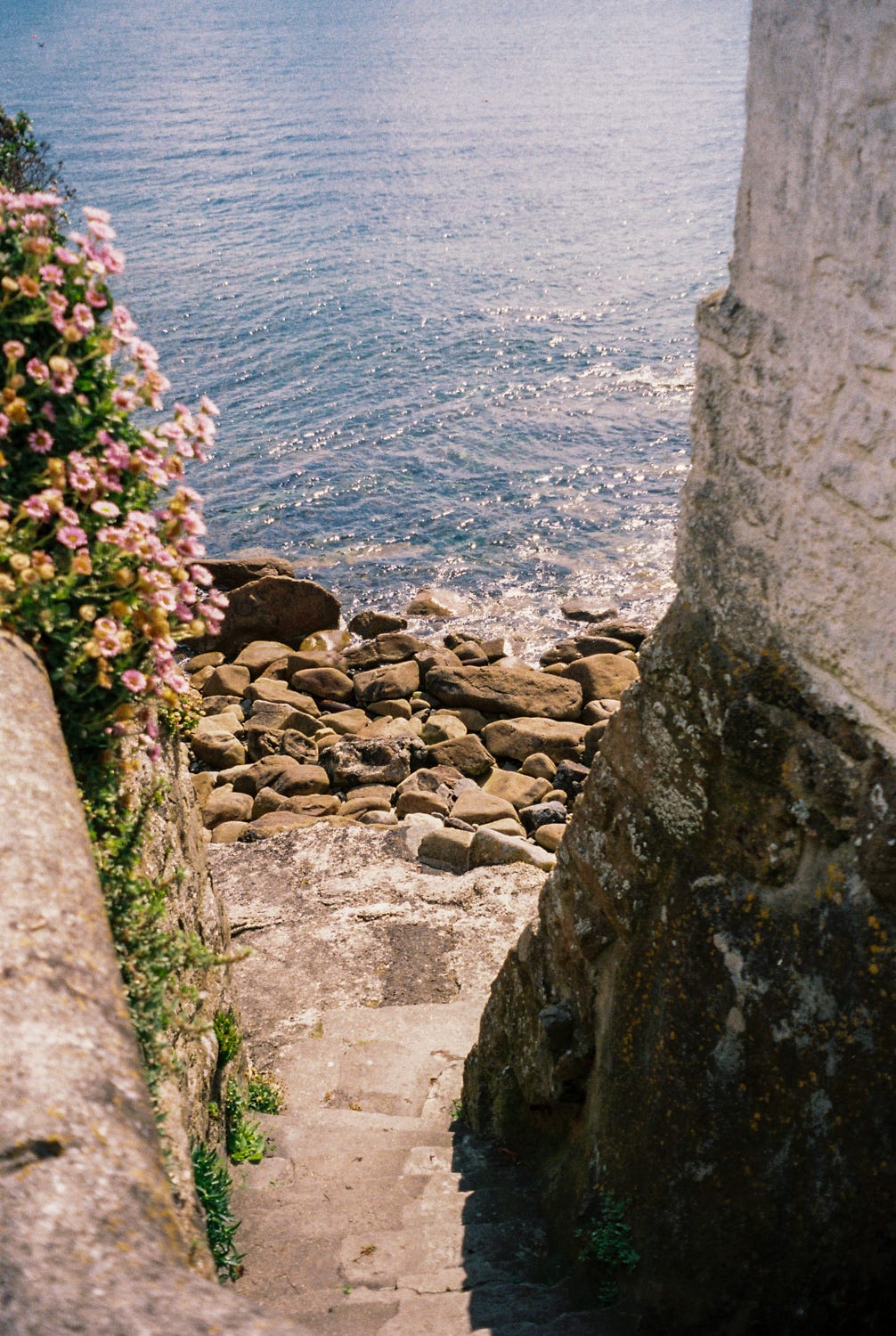
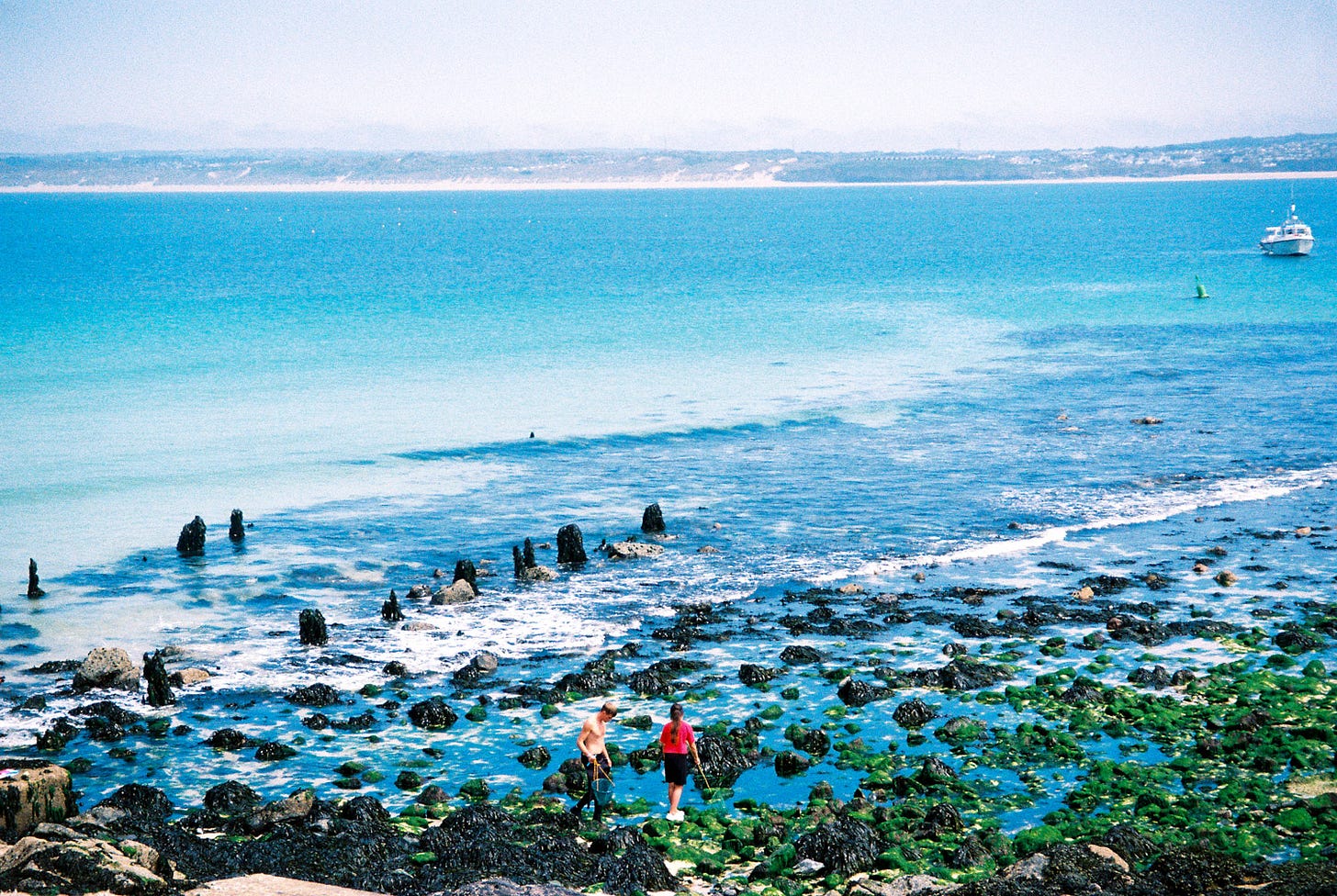
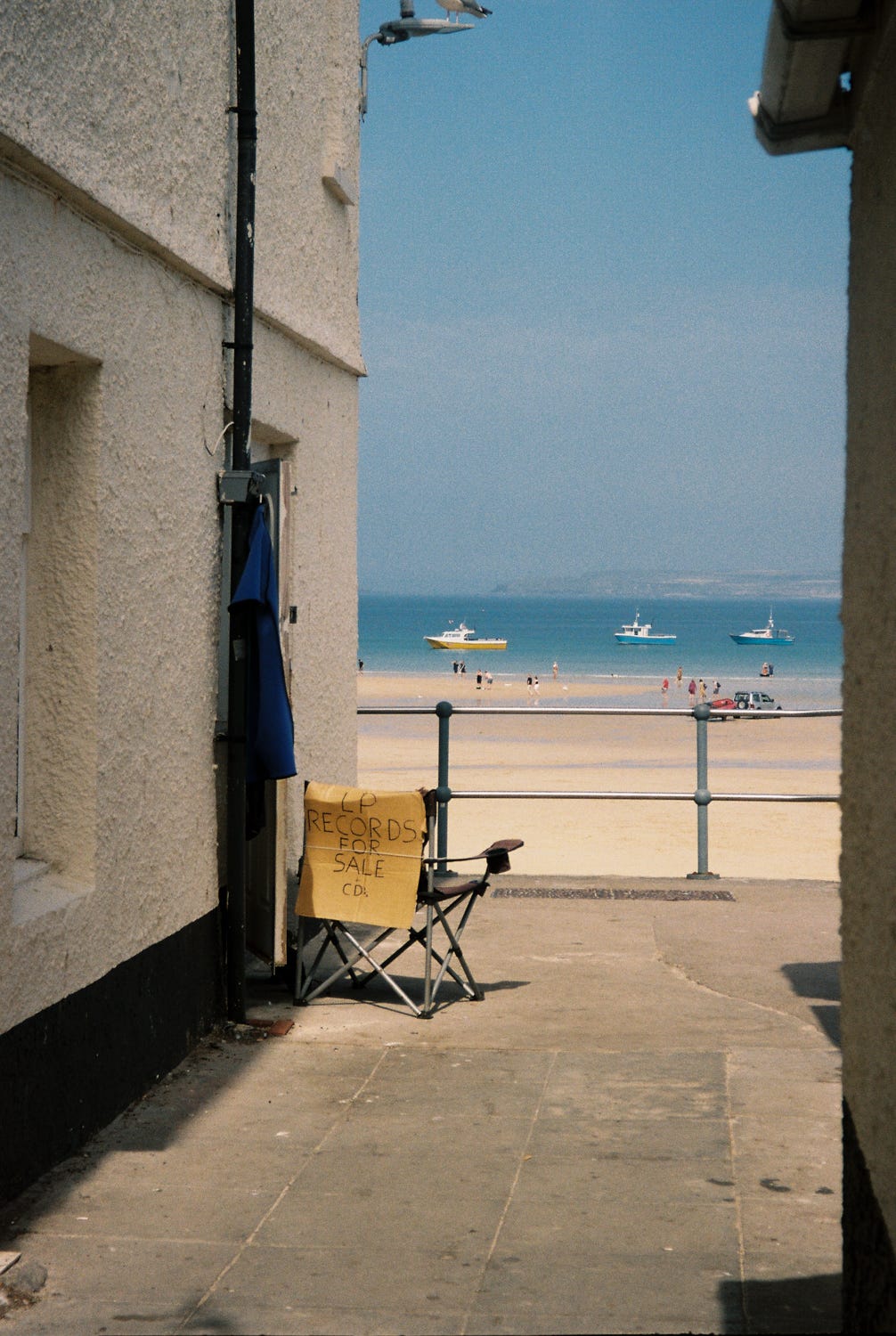
Love everything about this post. The images here are absolutely fantastic, and the additional meaning adds so much to them
The blues are craaaazy. You nailed the 80's postcard vibe for sure!